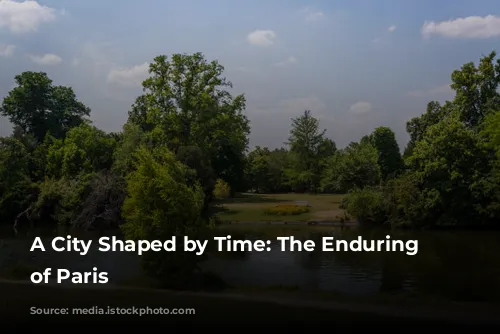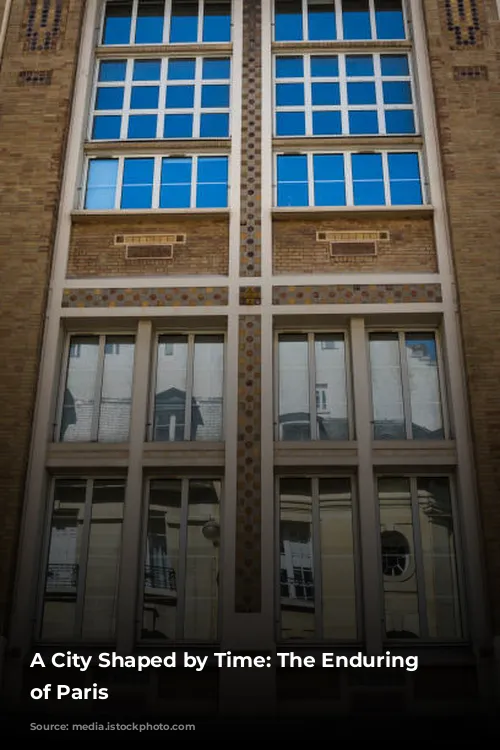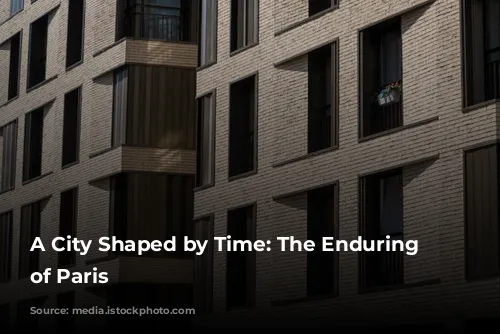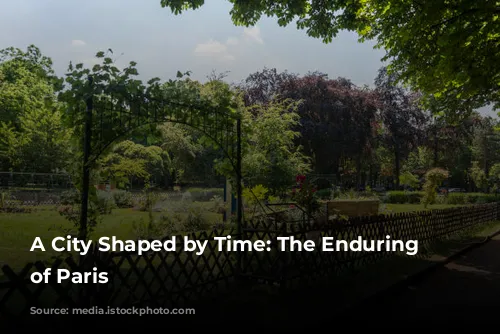Paris, nestled in the heart of Western Europe, boasts a temperate climate influenced by the Gulf Stream. While generally mild, the city experiences changeable weather, especially during winter and spring when winds can be brisk and cold. The average yearly temperature hovers around 12 degrees Celsius, with July being the warmest month at around 19 degrees Celsius and January the coldest at 3 degrees Celsius. Paris sees temperatures dip below freezing for roughly a month each year, with snow falling on approximately half of those days. Despite these occasional chills, Paris has taken steps to ensure the city’s air is clean and its tap water is safe to drink.
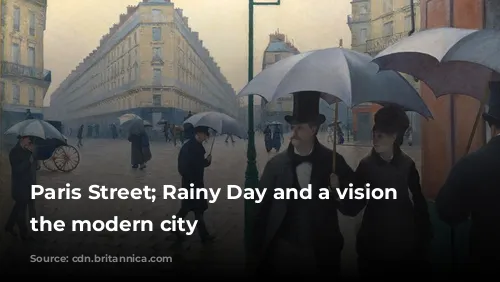
Walls of History: A City Fortified and Transformed
The Île de la Cité, a ship-shaped island in the Seine River, stands as the historical heart of Paris. Throughout the centuries, as the city spread beyond this original core, walls were constructed to enclose and protect its growing settlements. The earliest defenses were built on the Île de la Cité, utilizing stones salvaged from a Roman town on the Left Bank that was ravaged by barbarians in the 3rd century AD. These walls, neglected in times of peace, were rebuilt several times over the centuries. Early bridges leading to the Left and Right Banks were guarded by fortified gates, reflecting the city’s defensive nature.
Shaping the City: From Walls to Boulevards
The medieval era saw King Philip II construct a new wall that encompassed the settlements on both banks of the Seine. Charles V expanded this Right Bank enclosure in the 14th century, with the Bastille and Louvre fortresses guarding the eastern and western approaches, respectively. In the 17th century, Louis XIV replaced the Charles V walls with the tree-lined Grands Boulevards, adding triumphal arches to mark significant gateways. The Grands Boulevards, inspired by the arch of the river, continue to stretch through the city, from Place de la Madeleine to Place de la République.
A City in Flux: From Tollhouses to Urban Renewal
In the 18th century, a new wall was erected with 57 tollhouses, allowing the farmers-general to collect customs duties. These tollhouses still stand at Place Denfert-Rochereau, a testament to the city’s evolving economic landscape. In the mid-19th century, Adolphe Thiers constructed a military installation that encompassed several surrounding villages. This last wall, built for King Louis-Philippe, ultimately defined the city’s modern boundaries.
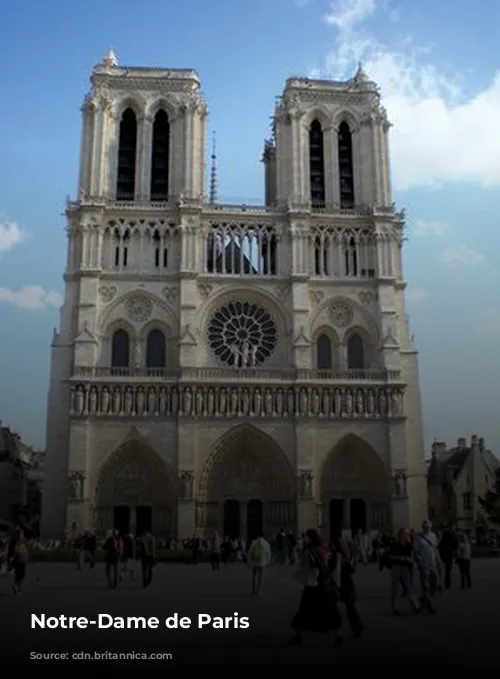
Parisian Transformation: The Rise of Modernity
The 19th century witnessed a period of dramatic change in Paris. The collapse of Napoleon III’s Second Empire in 1870 and the Industrial Revolution sparked a wave of economic recovery and population growth. This influx of people, coupled with the expansion of railways, brought about unprecedented growth. The city’s visionary planner, Baron Haussmann, responded to this surge by razing the walls of the farmers-general and creating wide, straight boulevards that cut through the city’s narrow streets. These boulevards, extended in 1925, continue to be a defining feature of the city’s modern layout.
A City of Timeless Beauty: UNESCO Heritage
Today, Paris stands as a captivating fusion of history and modernity. The city’s boulevards, monuments, gardens, plazas, and bridges form an iconic cityscape, earning UNESCO World Heritage designation in 1991. The Île de la Cité, a living testament to Paris’s past, remains an integral part of the city’s cultural heart.

Île de la Cité: The Cradle of Paris
This historic island, home to the Pont Neuf, the oldest surviving bridge in Paris, is a treasure trove of iconic landmarks. The Pont Neuf, renowned for its sturdiness, features grotesque masks adorning its parapet, along with half-moon bays that were once bustling street vendor stalls. The island’s triangular park is a haven for sunbathers and lovers, while the bronze equestrian statue of King Henry IV marks a key moment in the bridge’s history.
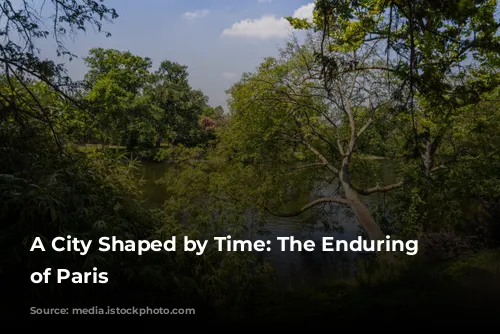
A Place of Power and History: The Palace of Justice
The Île de la Cité is also home to the Palace of Justice, a monumental complex with a rich history. Originally built by the Roman governor, the palace was rebuilt in the 13th century by King Louis IX and later expanded by Philip IV, who added the Conciergerie, a former prison that still stands today. The Grand Chambre, the meeting place of the Parlement, was a symbol of justice and Gothic beauty before being damaged by fire in the 17th and 19th centuries. The Conciergerie remains open to the public, offering a glimpse into the darker side of the palace’s history.
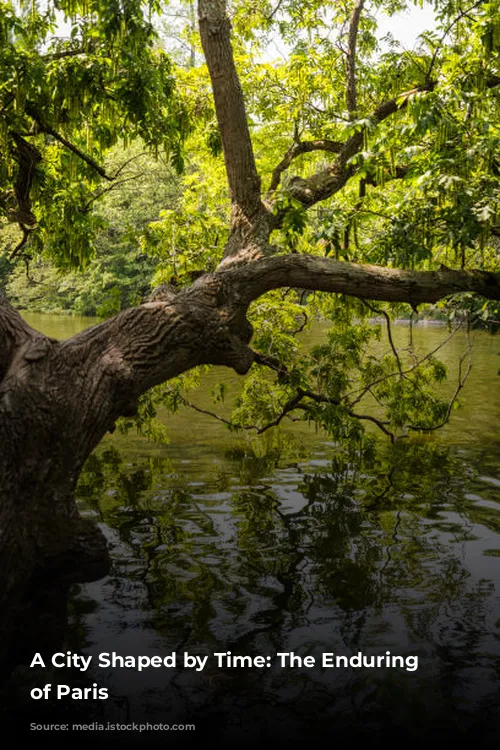
A Sanctuary of Faith: The Sainte-Chapelle
In the palace courtyards stands the magnificent Sainte-Chapelle, a masterpiece of Gothic Rayonnant architecture. Built in the 13th century, this exquisite chapel was designed to house holy relics, including the Crown of Thorns. The chapel’s walls are a spectacle of stained glass, creating an otherworldly atmosphere that has captivated visitors for centuries.
